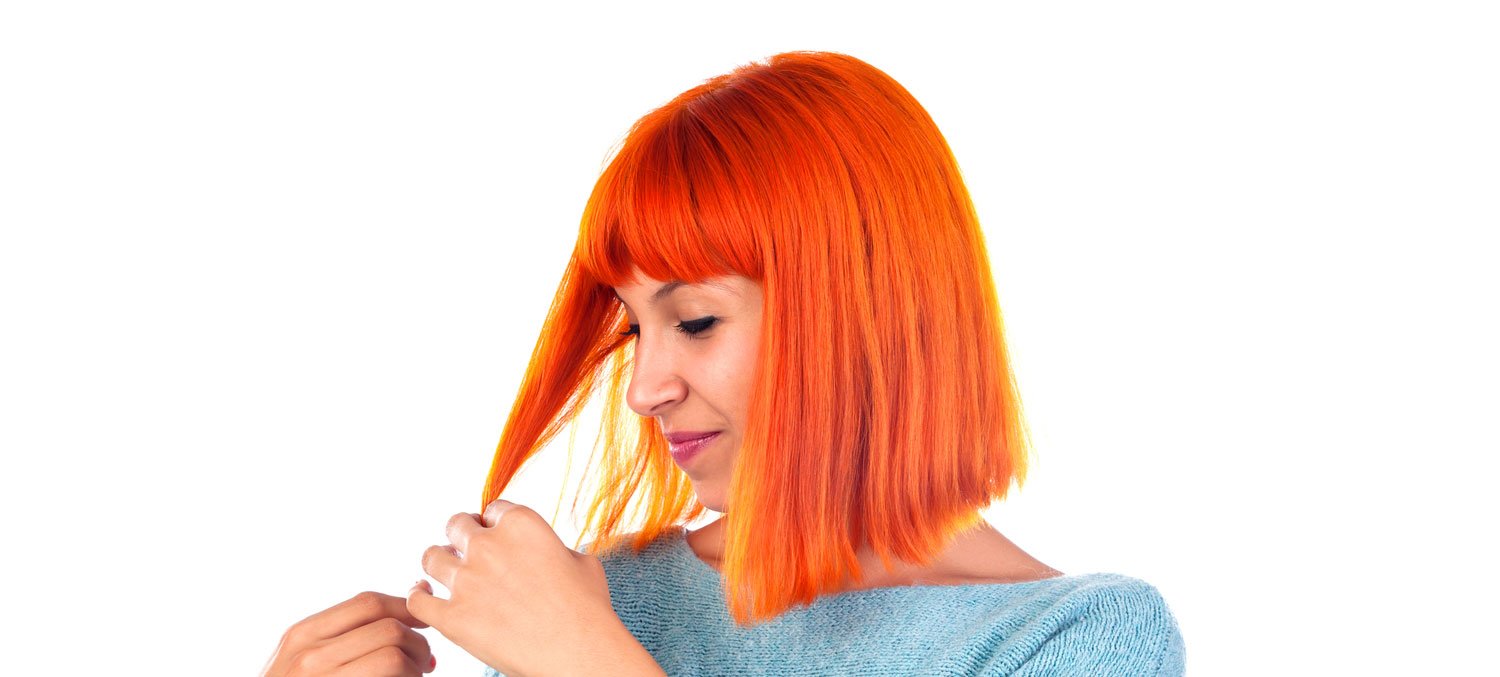Henna - Know Your Ingredients
Lise
Years ago when it was all the rage, I dyed my hair with henna. A friend and I both fell for the earthy packaging design and promise of all natural, plant-based hair color, so we embarked upon an afternoon of henna-dyeing experimentation.
The Process
Skin-protective gloves were donned as we mixed and applied the greenish mud to our hair. Heated towels were wrapped around our heads and changed regularly to ensure maximum effect. Rinsing out the mixture proved to be time consuming, required extensive cleanup and resulted in permanently stained towels.
All in all, it was a lengthy project. Nonetheless, we were pleased as punch at having achieved the coppery tone that was the 'it' hair color of the moment.
After that first experience, the thought of repeating the arduous and messy process kept me from more than a very few repeat performances. In retrospect, I'm quite pleased I was such a lazy susan, because (some) henna carries warnings I was blissfully unaware of at the time.
How Henna Works
Henna is able to dye or stain because of its natural content of lawsone (also called hennotannic acid). Henna's botanical name is Lawsonia inermis. Lawsone is an organic compound that binds naturally with protein, and then reacts with the keratin in skin and hair. It is this reaction that causes the coloring. This is nothing new. Mankind has known about hennas abilities to color since the Bronze Age.
Hennas Roots
As far back as around 1200 BC, henna has been used to dye skin, hair, fingernails, and even textiles such as silk and wool. It may actually be the first nail 'polish' in history. The ancient Egyptians dyed their fingernails with henna. Traces of it have been found on the hands of mummies that were several thousand years old. The decoration of skin with henna has functioned as part of religious, spiritual and cultural traditions for centuries.
Henna - Check the Name
The henna name is from the Arabic word hinna.
Over time, this name henna has made its way on to a selection of products that unfortunately don't have much to do with henna.
True henna has only one color – a relatively light terra cotta shade. Any other 'henna color' contains additives. If you are presented with a range of 'henna colors' to choose from (such as 'black henna', 'burgundy henna', 'brown henna') it's probably a good idea to do a little extra checking.
Some henna dyes have been found to contain additives that cause inflammatory or late-onset allergic reactions. These additives may include silver nitrate, carmine, orange dye, chromium, or pyrogallol. Granted, most of these extra ingredients have been found in pre-mixed body dye pastes, but that doesn't mean you can feel 100% confident if you're working with a powder.
Beware the VayCay Henna Tattoo
Having a henna tattoo done while vacationing may seem like a bit of fun, but be mindful that some henna tattoo artists have been known to add petroleum to the henna so the color will 'take' better. Petroleum is (unfortunately) absorbed into the skin along with the color and can cause serious (and irreversible) reactions that may show up within a few days, but may also take up to 10 years to surface.
'Black Henna' - Check Carefully
'Black henna' in particular has been found to contain undesirable extras such as p-phenylenediamine – also known as PPD.
PPD can cause severe allergic reactions and even permanent scarring.
PPD is illegal to use on skin in most western countries.
You may, however, still find it in hair dye where it is allowed at a maximum dosage of 6%. Hair dyes that contain PPD also come with warnings that the dye must not touch the scalp and must be rinsed off quickly.
Black henna skin tattoo pastes have been found to have PPD dosages from 10% up to a whopping 80%. Couple that with the fact that the paste is left directly on the skin for up to half an hour and it's just not good news. A black henna tattoo might leave skin blistering after a few days. To add insult to injury, sensitivity to PPD is lifelong. A person with PPD sensitivity may have future allergic reactions to everything from perfumes and printers ink to dyes and sunscreen – even some medications can provoke reactions.
100% Real Henna Means No Worries, Right?
Well, yes and no. Have you ever gone swimming in the sea? Then you've in all likelihood experienced firsthand how salt water can wreak a bit of havoc on hair.
The henna plant has a very high natural salt content. So, even if you have done your homework and are absolutely certain you are using 100% natural henna coloring, you may find your hair needs a bit of extra conditioning after using henna as a dye.
Finally, there is a chemical similarity between the lawsone in henna and PPD. Cosmetic scientist Colin Sanders writes, in a post entitled Can Your Hair Dye Kill You? :
"The lawsone found in henna has enough similarities to p-Phenylenediamine that there is still a risk that it would provoke the same reaction."
Do Tell
Have you ever dyed your hair with henna?
Make your own series of preservative free cosmetics with this beginner friendly ebook.





